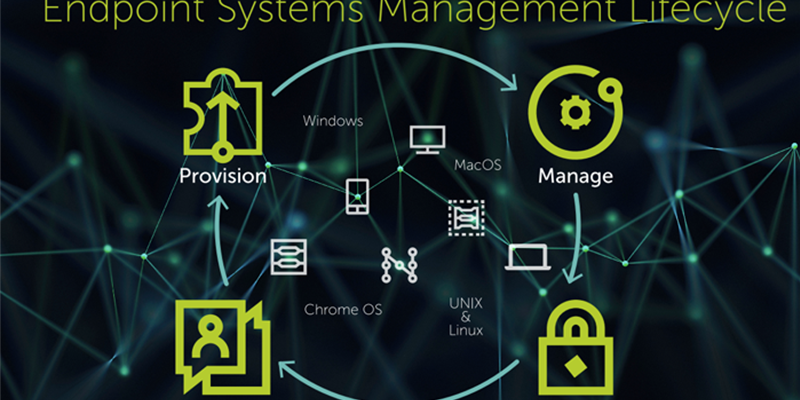A few years ago, we were blown away by how far technology had taken us. Well, today it’s unreal. Every day we interact with countless interconnected mobile devices, laptops, tablets and desktop computers, all laden with a wide range of applications, connecting to numerous servers on premises and in the cloud — and it’s all now become the status quo of doing business.
What this means for systems administrators: There is no end to endpoint management. It has gone beyond making occasional updates, deployments and patches to the increased expectations of managing an ever-growing number of user-owned mobile devices, keeping them safe from security threats and holding down costs. In fact, endpoint management has become such an overwhelming and critical task that the market is flooded with solutions offering to make our IT lives easier.
But finding the right endpoint systems management (ESM) solution for your organization amid all the offerings can be a challenge in its own category. Ideally ESM should focus on what people need to be productive while at the same time ensuring that no device opens the network to security threats. That’s why it is important to take a life cycle approach to ESM rather than treating it as a loosely organized group of tasks.
The ESM life cycle is made up of four major sets of tasks:
Provision
- Image capture
- Zero touch
- OS deployment
- Multicasting
- User state migration
- Remote site support
Management
- Discovery and inventory
- Asset management
- Software distribution
- Reporting and compliance
Security
- Patch management
- Configuration management
- Policy enforcement
- Vulnerability scanning
Service
- Service desk
- User portal and self-service
- Monitoring and alerting
- Remote control
- Mobile access
Finding a comprehensive systems management solution that addresses all of these tasks and fits your organization takes some work. It’s a good idea to evaluate several solutions before settling down with one. You want a tool that will automate and streamline hardware and software inventory, OS and application deployment and updates, endpoint security, your service desk and more. You also want a solution that will enable your IT staff to apply their expertise to innovation and strategy.
Too much to ask? Not really. Understanding your specific ESM life cycle needs and having a checklist of features, functionality and other criteria to look for can help you choose the best solution for your organization.
Check out the Endpoint Systems Management Evaluation Guide for an example of what I’m talking about. This practical checklist of criteria to consider when choose an ESM solution walks you through every step of the ESM life cycle. I’m sure your brain will start buzzing with how your own organization fits into the picture.
At the very least, you’ll feel validated. Our tech lives really have become this complex.



